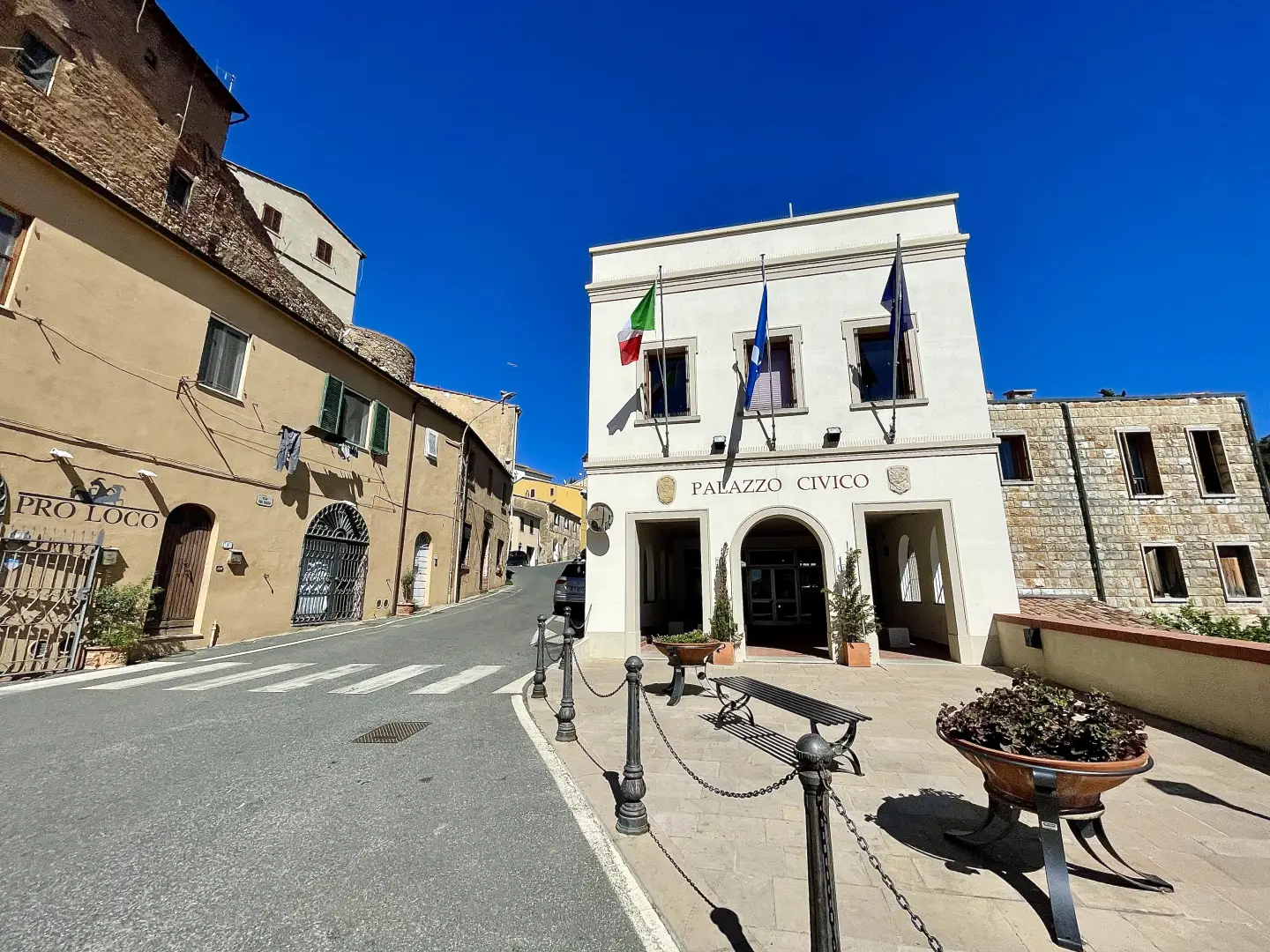Bibbona

Access
Bibbona is well connected by road: it is about 40 km from Livorno and 80 km from Florence, with the Bolgheri railway station serving the village. The Livorno-Grosseto motorway and provincial roads easily connect the hinterland with the Riviera and the coast. The Marina hamlet is recognised with the Blue Flag 2025 for the quality of its beaches.
Introduction
Bibbona is a municipality located in the hills of northern Tuscany, in the province of Livorno, part of the Cecina Valley and the Maremma Pisana. Perched on a low hill about 80 metres above sea level, it dominates the rural and wooded landscapes stretching towards the coast, as far as the sandy beaches and pine forest of Marina di Bibbona. Its origins are ancient: already inhabited during the Villanovan and Etruscan ages, Bibbona appeared in medieval documents in the Lombard era and was cited as 'curte Biboni' in the 12th century. A fortified centre and castle arose on this hill, marking the village with traces visible today in the medieval walls and in the tower now called 'Rocca'.
Description
The municipal territory covers about 65 km², ranging from the hills rich in olive groves and vineyards to the coast, where the pine forest and dunes of Marina di Bibbona stand out. The environment includes the vast nature reserve of the Macchia della Magona, a protected area of more than 1,600 hectares of Mediterranean scrub, a habitat for wild boar, fallow deer, porcupines, peregrine falcons and numerous plant species such as holm oaks, strawberry trees, myrtle and cork oaks. This environmental mosaic contributes to the excursion and landscape attraction of the municipality.
The history of Bibbona is marked by feuds disputed between Pisa, Volterra and Florence, until its annexation to the Grand Duchy of Tuscany in the 15th century. Under the Lorraines, between the 18th and 19th centuries, important reclamation of the marshy coastal areas and the construction of the 18th-century fort on the beach (today known as Forte di Marina di Bibbona) took place for the defence and health control of the coast. The medieval village, with its walls, towers and palaces, still retains the paved historic centre, the defensive walls, the Porta del Sole and the Rocca, while religious architecture boasts the parish church of Sant'Ilario (11th century) and the Renaissance-style church of Santa Maria della Pietà.
The local economy has agricultural origins, with production of extra virgin olive oil and wine, a discipline imposed as early as the first statutes of the 15th century. Today, tourism is the main driving force of the community, supported by the accommodation facilities in Marina di Bibbona and events such as *Oliando* (oil tasting), the Palio delle Botti and the Cedron Festival on Easter Monday, or the Fiera della Zootecnia and the Sacra Rappresentazione della Passione di Cristo in the medieval village.
Cultural and popular life is nourished by religious traditions, village festivals and hiking activities in the bush. Family farming activities and a modest artisanal presence in the food and local processing sectors persist.
Excursions can be organised along paths in the Macchia della Magona, nature trails suitable for walking, cycling or horseback riding, leading to places such as the Torre della Mirandola and the Grotte Gialle: Etruscan rock tombs in calcarenite that offer evocative archaeological and landscape experiences. Guided tours of the Grotte Gialle and the medieval village, promoted by the Pro Loco, also include tastings of local products and a shuttle bus from the municipal headquarters.